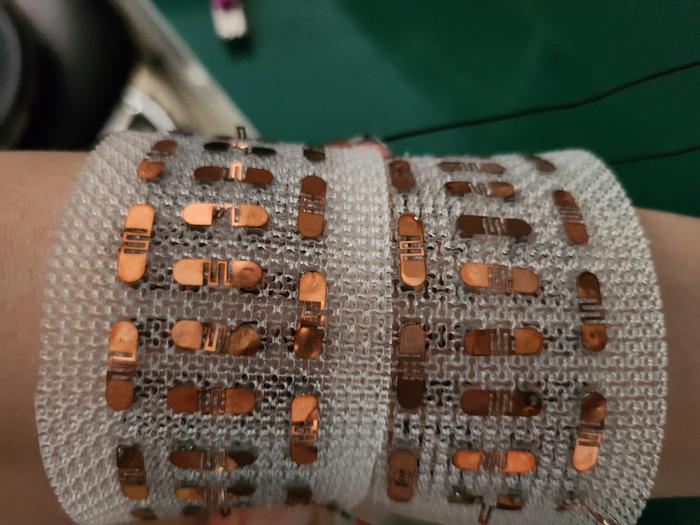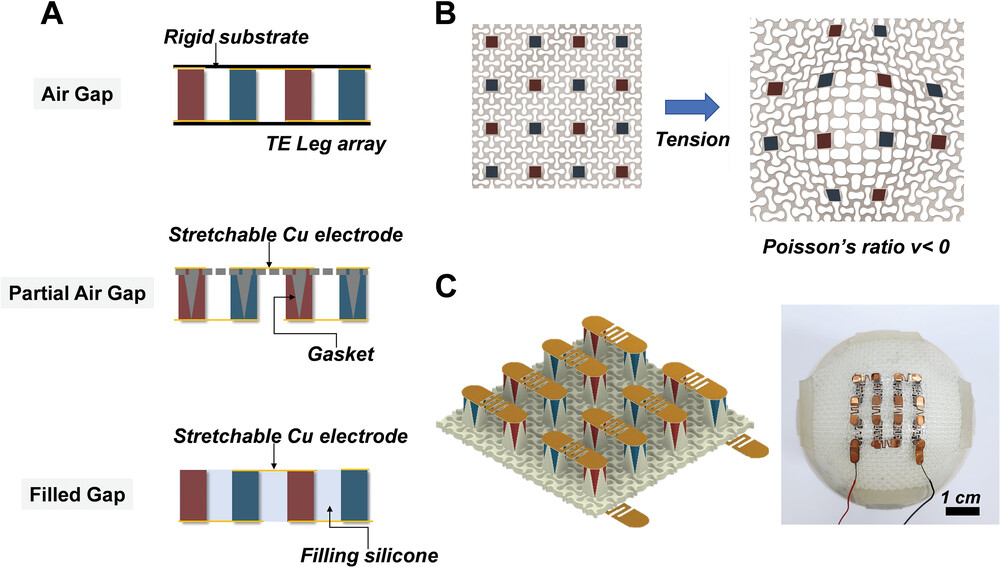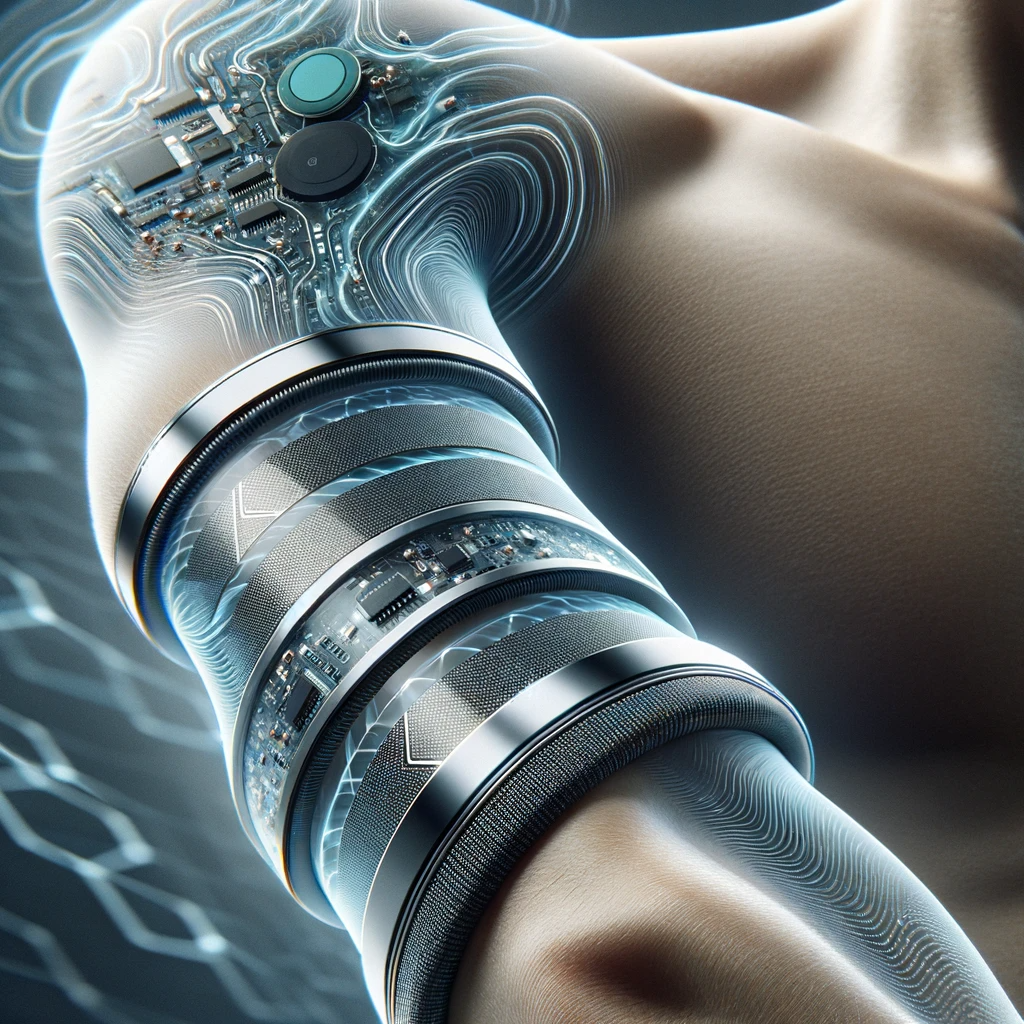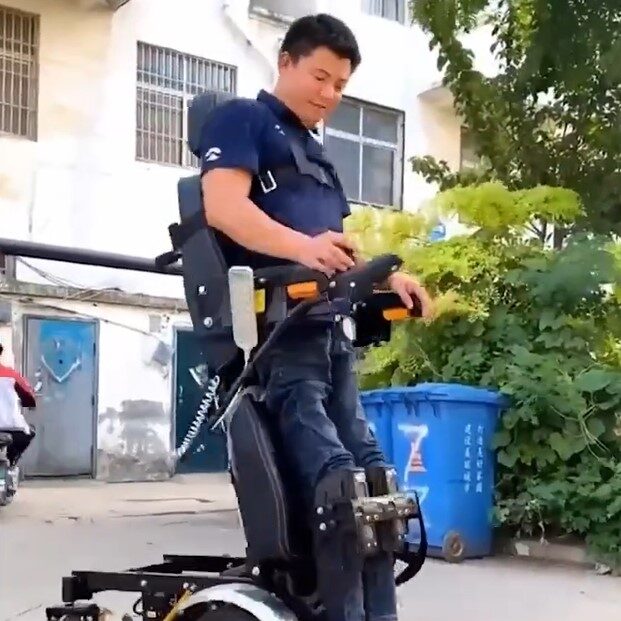From National Research Council of Science & Technology 29/11/23

A team of Dr. Hyekyoung Choi and Min Ju Yun from Korea Electrotechnology Research Institute (KERI) has developed advanced thermoelectric generator technology.
This technology uses ‘mechanical metamaterials’, which are artificially designed materials not found in nature.
Usually, materials shrink vertically when stretched horizontally, like a rubber ball flattening or a rubber band stretching. This is quantified by ‘Poisson’s ratio’.
Mechanical metamaterials, however, expand both horizontally and vertically when stretched horizontally, exhibiting a negative Poisson’s ratio.
KERI increased the stretchability of thermoelectric generators by 35% using a ‘gasket’ with a metastructure.

Thermoelectric generators convert temperature differences into electrical energy and are considered eco-friendly energy harvesters.
Until now, the rigidity of ceramic PCBs in thermoelectric generators limited their application on curved surfaces.
To improve flexibility, silicon and polymers were used, but their high thermal conductivity was problematic.

For efficiency, it’s crucial for thermoelectric generators to maintain a large temperature gradient, which typical flexible materials hinder by causing heat loss.
Dr. Hyekyoung Choi’s team used a deformable gasket with a metastructure, enhancing the generator’s stability and flexibility.
This gasket, which stretches like human skin, has an internal air-gap that insulates and minimizes heat loss.
KERI’s thermoelectric generators are 35% more stretchable, with a power density more than 20 times higher than previous models.
Even when greatly expanded, these generators retain their electrical characteristics, marking a world-leading level of stretchability and efficiency.
The team ensured the generators maintain performance after over 10,000 repeated bends.
Dr. Hyekyoung Choi highlights the team’s expertise in thermoelectric materials, energy harvesting technology, and self-powered device stability.
This technology is expected to revolutionize IoT and AI-based wearable devices.
Existing wearables require separate power sources, but KERI’s technology enables electricity generation from body heat, potentially impacting next-generation medical fields.



